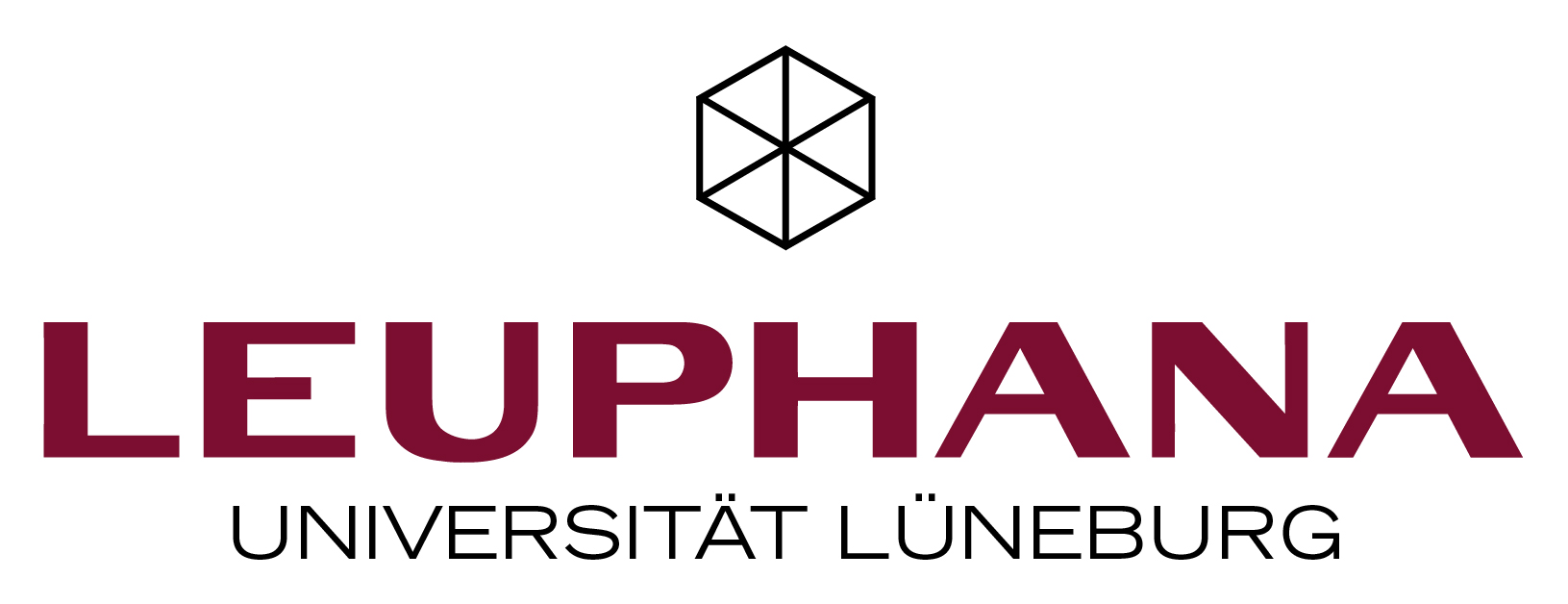Bitte benutzen Sie diese Kennung, um auf die Ressource zu verweisen:
https://doi.org/10.48548/pubdata-136
| Ressourcentyp | Zeitschriftenartikel |
| Titel | Application of friction surfacing for solid state additive manufacturing of cylindrical shell structures |
| DOI | 10.48548/pubdata-136 |
| Handle | 20.500.14123/155 |
| Autor*in | Kallien, Zina  0009-0003-5133-0624 (Helmholtz-Zentrum Hereon 0009-0003-5133-0624 (Helmholtz-Zentrum Hereon Rath, Lars  0000-0002-7497-5201 (Helmholtz-Zentrum Hereon 0000-0002-7497-5201 (Helmholtz-Zentrum Hereon Roos, Arne (Helmholtz-Zentrum Hereon Klusemann, Benjamin  0000-0002-8516-5087 0000-0002-8516-5087  142865192 (Institut für Produktionstechnik und -systeme (IPTS), Leuphana Universität Lüneburg 142865192 (Institut für Produktionstechnik und -systeme (IPTS), Leuphana Universität Lüneburg |
| Abstract | Solid-state additive manufacturing (AM) via friction stir based processes is gaining increased attention as these techniques are feasible for several similar and dissimilar material combinations and induce significantly lower energy input to the subjacent structure than fusion-based approaches as material melting is avoided. Available research concentrates on linear depositions; however, further development of these techniques towards application necessitates more complex deposition paths, e.g. curves and the crossing of edges of previously deposited layers. In this study, the solid-state layer deposition process of friction surfacing (FS) is investigated in terms of process behavior and appearance of the resulting deposit when curved deposition paths are applied. With advancing side on the curve's inner edge, material build-up occurs predominantly on this side of the layer, which results in a deposit of inhomogeneous thickness. This phenomenon is related to the FS process characteristic due to the superposition of rotational and travel movement on a curvature, and is more pronounced for curves with small radii. A further challenge exists for closed structures, where the deposition has to cross previously deposited layers. This can be successfully achieved by reducing the travel speed prior to passing the edge to provide sufficient plasticized material thickness below the stud tip. Overall, the study provides an understanding of the FS process behavior and process parameters for curved paths. Furthermore, recommendations for process control and path planning, e.g. for building closed cylindrical shell structures, are deduced. |
| Sprache | Englisch |
| Schlagwörter | Multi-Layer Friction Surfacing; Additive Manufacturing; Solid State Layer Deposition; Aluminum |
| Jahr der Veröffentlichung in PubData | 2024 |
| Art der Veröffentlichung | Zweitveröffentlichung |
| Publikationsversion | Veröffentlichte Version |
| Datum der Erstveröffentlichung | 2023-11-28 |
| Entstehungskontext | Forschung |
| Veröffentlicht durch | Medien- und Informationszentrum, Leuphana Universität Lüneburg |
| Zugehörige Ressourcen |
Informationen zur Erstveröffentlichung
| Element | Wert |
|---|---|
| Ressourcentyp | Zeitschrift |
| Titel des Ressourcentyps | Additive Manufacturing Letters |
| Identifier | DOI: 10.1016/j.addlet.2023.100184 |
| Publikationsjahr | 2024 |
| Band | 8 |
| Nummer | 100184 |
| Nummerntyp | Artikel |
| Verlag / Anbieter | Elsevier |
Dateien zu dieser Ressource:
| Datei | Beschreibung | Größe | Format | |
|---|---|---|---|---|
kallien_2024_application_of_friction_surfacing_for_solid_state_additive_manufacturing.pdf Lizenz: 
open-access | 5.48 MB | Adobe PDF | Öffnen/Anzeigen |
Alle Ressourcen in diesem Repository sind urheberrechtlich geschützt, soweit nicht anderweitig angezeigt.
Ansichten
Datensatz Exporte
Zugriffsstatistik
Seitenaufruf(e): 106
Download(s): 4

 BibTeX
BibTeX
 RIS
RIS
 Datacite XML
Datacite XML
 OpenAIRE4
OpenAIRE4